Hobbywing New ESC XERUN 120A V3.1

| Part No.: | Xerun-120A-V3.1 |
| Manufacturer: | Hobbywing |
Send to a friend
Features
Blinky mode, Modify Mode, Stock mode, Practice mode, Offroad mode, Drift mode, Crawler mode.
2.2 Built-in Electronic Switch, long life and high reliability, also saves space on the chassis.
2.3 Aluminum Upper Case with optional colors, giving better heat dissipation, and allowing higher current.
2.4 External Programming Port (EPP), easy to connect and also a power port for additional fan.
2.5 Advanced Dynamic Timing technology, providing more customization possibilities for highest level competitions.
2.6 Precise throttle and brake control, setting of drag brake and brake strength with more options, new punch and brake rate control functions, and throttle and brake curves through the PC client.
2.7 Integrated Data logger, recording the maximum temperature of ESC and motor as well as the maximum RPM, using LCD Programming box to check easily in the pits.
2.8 Multi Protection Functions, making your running safe with ESC and Motor overheat protection, low voltage cutoff and throttle signal loss protection.
2.9 Easily programmed with the Professional LCD Program Box and USB Link Software.
2.10 New USB LINK Software graphic interface, providing extra parameters for advanced settings.
2.11 ESC firmware can be updated through the USB adapter in the LCD Program Box.
Product Details
Current Continuous: 120A, Burst: 760A
Input :4-9 cells NiMH/NiCd or 2-3S LiPo
Built-in BEC: 6V@3A (linear mode)
Resistance:0.0003 Ohm
Motor Supported:Sensored and sensorless brushless motor
Suitable Motor: With 2 Lipo or 4-6 NiMH
1/10 on-road: >=3.5T, 1/10 off-road: >=5.5T
With 3 Lipo or 7-9 NiMH
1/10 on-road: >=5.5T, 1/10 off-road: >=8.5T
Suitable Car: 1/10,1/12 all competitions
1/10,1/8 rock crawler
Cooling Fan :5V
Size:37.5mm(L) * 31mm(W) * 29.5mm(H)
Weight:93g
Strongest: Most advanced software functions
Simplest: Built-in electronic switch saves chassis space
Easiest: Ten pre-set profiles for Plug and Play
Most Reliable: Innovative heat dissipation structure
Item Packing
Detailed Images
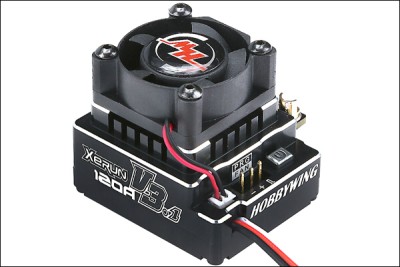
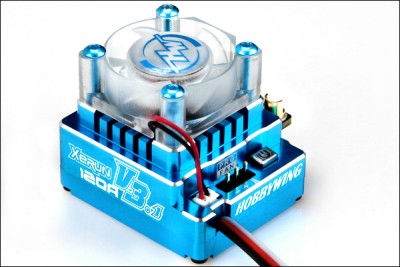
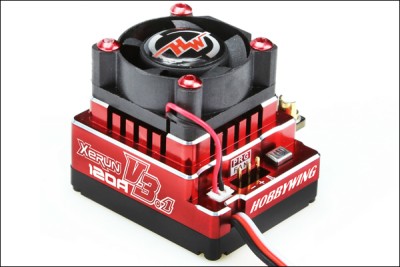
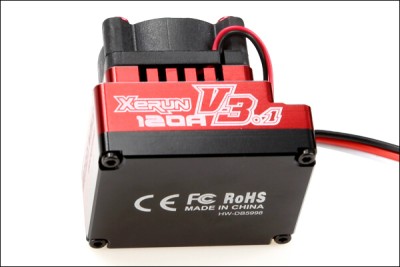
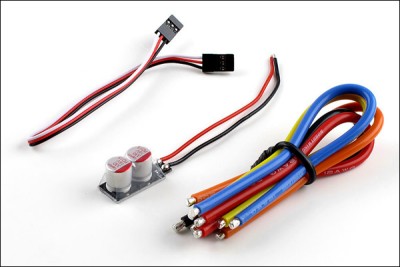





 Sign In
Sign In 






